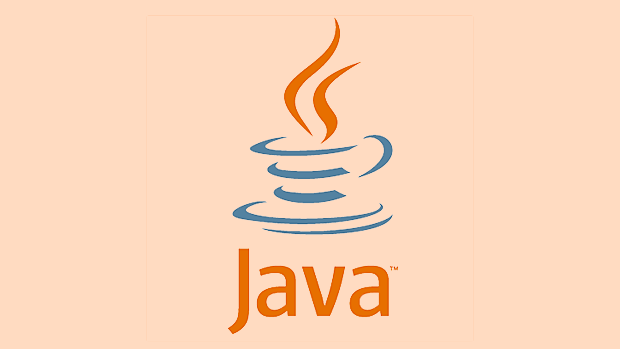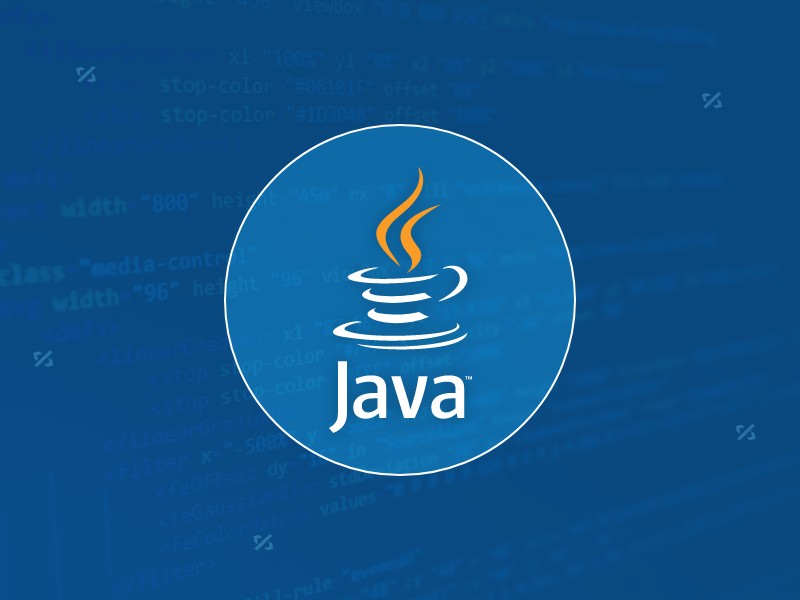
Java generics are a powerful feature that allows you to write flexible, reusable code without sacrificing type safety. Instead of writing separate classes or methods for different data types, you can create generic ones that work with any type—while still catching type mismatches at compile time.

What Problem Do Generics Solve?
Before generics were introduced in Java 5, collections like ArrayList could hold any kind of object. That flexibility came at a cost: if you added an Integer and later tried to assign it to a String variable, the compiler wouldn’t stop you until runtime—causing a ClassCastException.

With generics, you specify what type of objects a collection (or other structure) can hold. For example:
List<String> names = new ArrayList<>();
names.add("Alice");
// Compile-time error if you try to add anything that's not a StringThis way, type errors are caught early, reducing bugs and making code easier to read and maintain.

How to Use Generics in Your Own Classes and Methods
You don’t have to rely only on Java’s built-in generic classes. You can define your own using type parameters. Here’s a simple example:
public class Box<T> {
private T item;
public void setItem(T item) {
this.item = item;
}
public T getItem() {
return item;
}
}In this case, T is a type parameter. When you create a Box<String> or a Box<Integer>, the compiler ensures you use the correct type.
If you want to make a method generic instead of the whole class, you can declare the type parameter before the return type:
public static <T> void printArray(T[] array) {
for (T element : array) {
System.out.println(element);
}
}This method works for arrays of any type—and again, the compiler checks that you’re using consistent types when you call it.
Common Pitfalls and Best Practices
Using generics effectively requires understanding a few key concepts and avoiding some common mistakes:
Type erasure means that generic type information isn't available at runtime. So, you can't do things like
instanceof Tor create an array of a generic type directly.Raw types should be avoided. Using
Listinstead ofList<string></string>bypasses all the safety checks and can lead to subtle bugs.-
Wildcards (
?) are useful when you need flexibility. For example:- Use
List extends Animal>when you want a list of some unknown subtype ofAnimaland only need to read from it. - Use
List super Dog>when you need to addDoginstances and the list can accept any supertype ofDog.
- Use
Also, naming conventions matter:
-
Tstands for “type” -
Efor “element” (commonly used in collections) -
KandVfor “key” and “value” in maps
These conventions help others understand your code more easily.
When Not to Use Generics
While generics are powerful, they aren’t always needed. If a class or method works only with one specific type and there’s no benefit to generalizing it, adding generics might just complicate the code unnecessarily.
Also, in performance-sensitive code, remember that autoboxing and unboxing of primitive wrappers (like Integer or Double) inside generic collections can introduce overhead. In such cases, specialized libraries like fastutil or Eclipse Collections may be better suited than standard Java generics.
That covers the essentials of using Java generics for safer, cleaner code. They take a little getting used to, but once you start using them consistently, you’ll likely wonder how you ever wrote Java without them.
The above is the detailed content of Utilizing Java Generics for Enhanced Type Safety. For more information, please follow other related articles on the PHP Chinese website!

Hot AI Tools

Undress AI Tool
Undress images for free

Undresser.AI Undress
AI-powered app for creating realistic nude photos

AI Clothes Remover
Online AI tool for removing clothes from photos.

Clothoff.io
AI clothes remover

Video Face Swap
Swap faces in any video effortlessly with our completely free AI face swap tool!

Hot Article

Hot Tools

Notepad++7.3.1
Easy-to-use and free code editor

SublimeText3 Chinese version
Chinese version, very easy to use

Zend Studio 13.0.1
Powerful PHP integrated development environment

Dreamweaver CS6
Visual web development tools

SublimeText3 Mac version
God-level code editing software (SublimeText3)

Hot Topics
 Difference between HashMap and Hashtable?
Jun 24, 2025 pm 09:41 PM
Difference between HashMap and Hashtable?
Jun 24, 2025 pm 09:41 PM
The difference between HashMap and Hashtable is mainly reflected in thread safety, null value support and performance. 1. In terms of thread safety, Hashtable is thread-safe, and its methods are mostly synchronous methods, while HashMap does not perform synchronization processing, which is not thread-safe; 2. In terms of null value support, HashMap allows one null key and multiple null values, while Hashtable does not allow null keys or values, otherwise a NullPointerException will be thrown; 3. In terms of performance, HashMap is more efficient because there is no synchronization mechanism, and Hashtable has a low locking performance for each operation. It is recommended to use ConcurrentHashMap instead.
 What are static methods in interfaces?
Jun 24, 2025 pm 10:57 PM
What are static methods in interfaces?
Jun 24, 2025 pm 10:57 PM
StaticmethodsininterfaceswereintroducedinJava8toallowutilityfunctionswithintheinterfaceitself.BeforeJava8,suchfunctionsrequiredseparatehelperclasses,leadingtodisorganizedcode.Now,staticmethodsprovidethreekeybenefits:1)theyenableutilitymethodsdirectly
 How does JIT compiler optimize code?
Jun 24, 2025 pm 10:45 PM
How does JIT compiler optimize code?
Jun 24, 2025 pm 10:45 PM
The JIT compiler optimizes code through four methods: method inline, hot spot detection and compilation, type speculation and devirtualization, and redundant operation elimination. 1. Method inline reduces call overhead and inserts frequently called small methods directly into the call; 2. Hot spot detection and high-frequency code execution and centrally optimize it to save resources; 3. Type speculation collects runtime type information to achieve devirtualization calls, improving efficiency; 4. Redundant operations eliminate useless calculations and inspections based on operational data deletion, enhancing performance.
 What is an instance initializer block?
Jun 25, 2025 pm 12:21 PM
What is an instance initializer block?
Jun 25, 2025 pm 12:21 PM
Instance initialization blocks are used in Java to run initialization logic when creating objects, which are executed before the constructor. It is suitable for scenarios where multiple constructors share initialization code, complex field initialization, or anonymous class initialization scenarios. Unlike static initialization blocks, it is executed every time it is instantiated, while static initialization blocks only run once when the class is loaded.
 What is the Factory pattern?
Jun 24, 2025 pm 11:29 PM
What is the Factory pattern?
Jun 24, 2025 pm 11:29 PM
Factory mode is used to encapsulate object creation logic, making the code more flexible, easy to maintain, and loosely coupled. The core answer is: by centrally managing object creation logic, hiding implementation details, and supporting the creation of multiple related objects. The specific description is as follows: the factory mode handes object creation to a special factory class or method for processing, avoiding the use of newClass() directly; it is suitable for scenarios where multiple types of related objects are created, creation logic may change, and implementation details need to be hidden; for example, in the payment processor, Stripe, PayPal and other instances are created through factories; its implementation includes the object returned by the factory class based on input parameters, and all objects realize a common interface; common variants include simple factories, factory methods and abstract factories, which are suitable for different complexities.
 What is the `final` keyword for variables?
Jun 24, 2025 pm 07:29 PM
What is the `final` keyword for variables?
Jun 24, 2025 pm 07:29 PM
InJava,thefinalkeywordpreventsavariable’svaluefrombeingchangedafterassignment,butitsbehaviordiffersforprimitivesandobjectreferences.Forprimitivevariables,finalmakesthevalueconstant,asinfinalintMAX_SPEED=100;wherereassignmentcausesanerror.Forobjectref
 What is type casting?
Jun 24, 2025 pm 11:09 PM
What is type casting?
Jun 24, 2025 pm 11:09 PM
There are two types of conversion: implicit and explicit. 1. Implicit conversion occurs automatically, such as converting int to double; 2. Explicit conversion requires manual operation, such as using (int)myDouble. A case where type conversion is required includes processing user input, mathematical operations, or passing different types of values ??between functions. Issues that need to be noted are: turning floating-point numbers into integers will truncate the fractional part, turning large types into small types may lead to data loss, and some languages ??do not allow direct conversion of specific types. A proper understanding of language conversion rules helps avoid errors.
 Why do we need wrapper classes?
Jun 28, 2025 am 01:01 AM
Why do we need wrapper classes?
Jun 28, 2025 am 01:01 AM
Java uses wrapper classes because basic data types cannot directly participate in object-oriented operations, and object forms are often required in actual needs; 1. Collection classes can only store objects, such as Lists use automatic boxing to store numerical values; 2. Generics do not support basic types, and packaging classes must be used as type parameters; 3. Packaging classes can represent null values ??to distinguish unset or missing data; 4. Packaging classes provide practical methods such as string conversion to facilitate data parsing and processing, so in scenarios where these characteristics are needed, packaging classes are indispensable.






